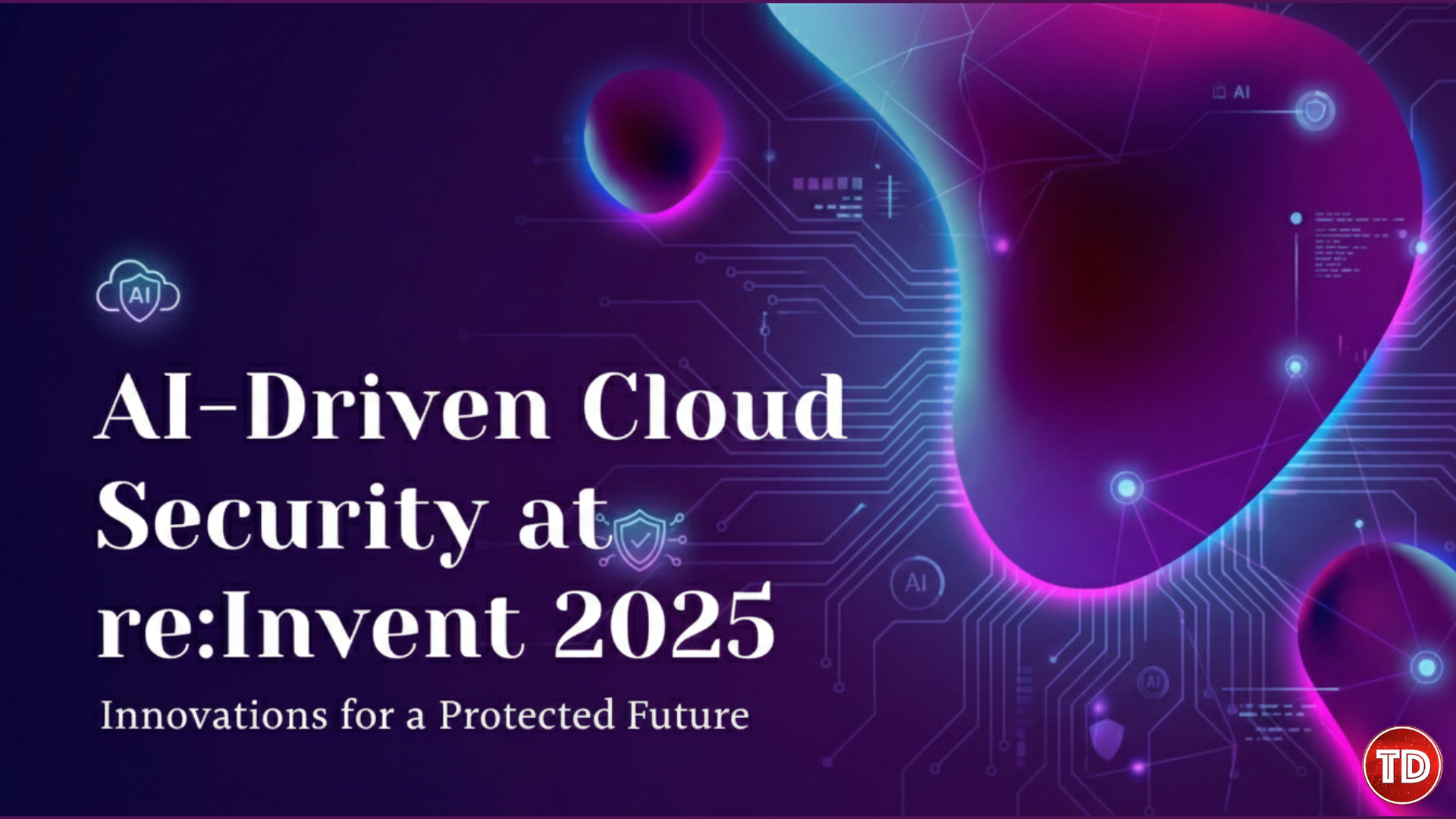AI-Driven Cloud Security at AWS re:Invent 2025
Klaire Napolitano2025-12-26T11:28:51+00:00Cloud computing continues to accelerate at a pace that traditional security models were never designed to support. Development teams now provision infrastructure in minutes, deploy services continuously, and scale applications automatically. However, security processes often lag behind this speed. In many organizations, security still enters the workflow after key architectural decisions are already finalized. As a result, teams spend more time fixing problems than preventing them. Although many organizations attempt to shift security earlier in development, the results are often disappointing. Security tools may run during build or deployment stages, yet they frequently lack the context required to provide meaningful [...]










